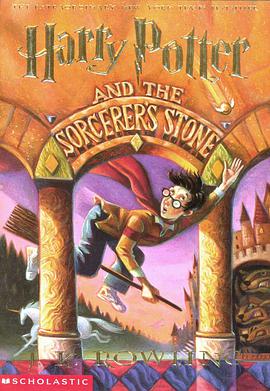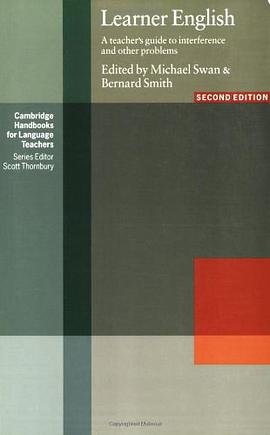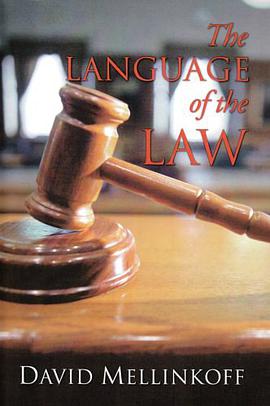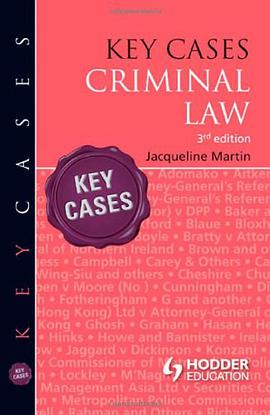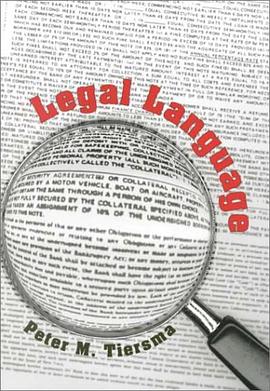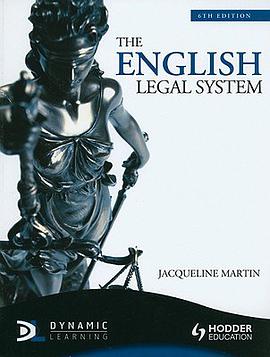Harry Potter And The Chamber Of Secrets 豆瓣 Goodreads
9.0 (61 个评分)
作者:
[英] J·K·罗琳
Scholastic Paperbacks
2000
- 9
其它标题:
Harry Potter and the Chamber of Secrets
In one of the most hotly anticipated sequels in memory, J.K. Rowling takes up where she left with Harry s second year at the Hogwarts School of Witchcraft and Wizardry. Old friends and new torments abound, including a spirit named Moaning Myrtle who haunts the girl s bathroom, an outrageously conceited professor, Gilderoy Lockheart, and a mysterious force that turns Hogwarts students to stone.

